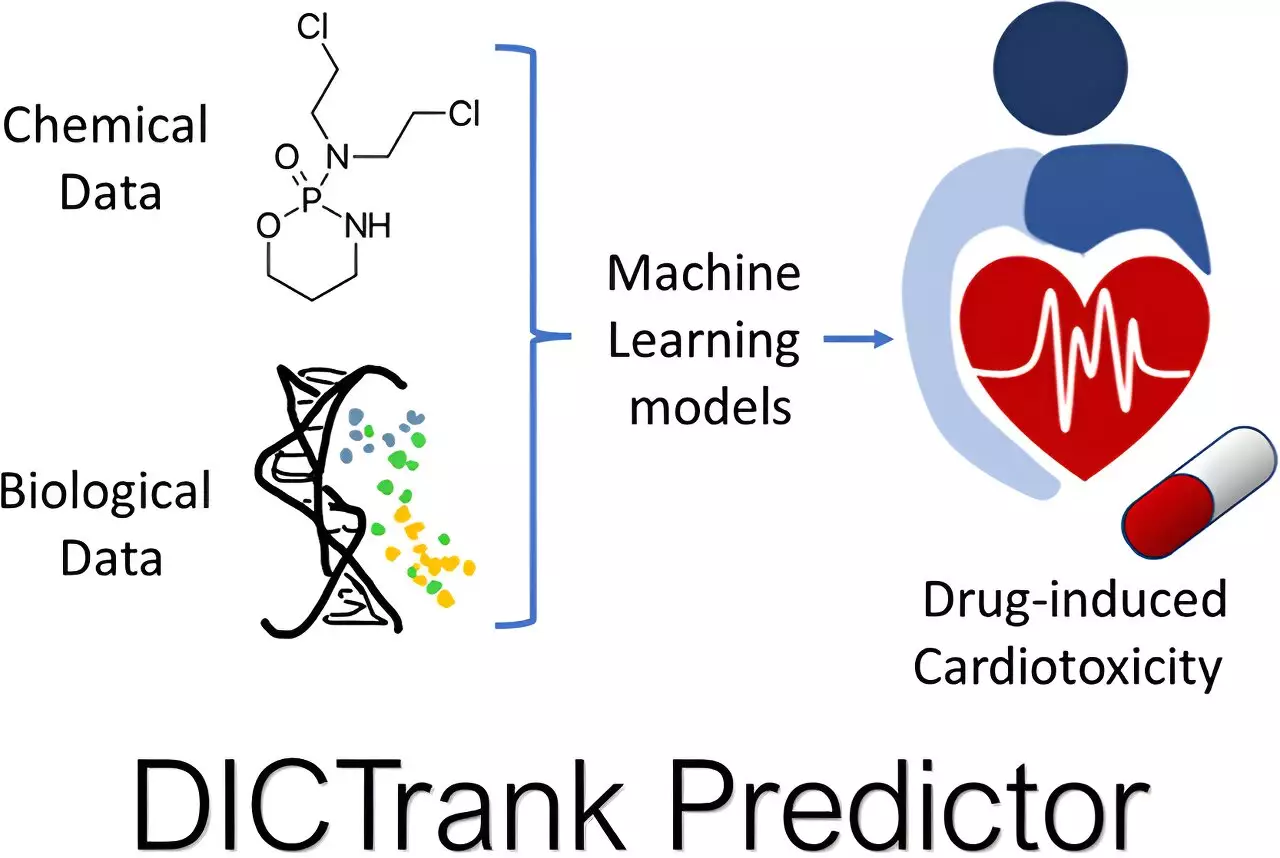The journey of developing a new pharmaceutical compound is notoriously fraught with obstacles, often taking years and costing hundreds of millions of dollars before a drug can even reach the market. Frighteningly, statistics reveal that over 90% of drug candidates will eventually fail during the rigorous clinical trial phases, with many never even beginning those trials. The primary culprit behind these failures is often a critical one: the drug’s safety profile. Adverse effects can range from insignificant to life-threatening, making the evaluation of drug toxicity an essential element of the drug development pipeline.
AI to the Rescue: A Promising Solution
In a groundbreaking move, researchers at the Broad Institute of MIT and Harvard have leveraged artificial intelligence (AI) to revolutionize the initial stages of drug development. By developing sophisticated machine learning models, they can screen drug candidates for potential toxic effects before they make the leap into living organisms. This approach is not just innovative—it represents a potential paradigm shift in how scientists approach drug discovery.
Srijit Seal, a visiting scholar at the Carpenter-Singh Lab within the Broad’s Imaging Platform, identified the need for predictive tools that could analyze chemical and structural features of drug candidates to gauge their safety. This initiative aims to address the numerous pitfalls of traditional drug development by streamlining the selection of drug candidates through predictive modeling.
Machine Learning in Toxicology: Unearthing Insights
The crux of this innovative research lies in the ability to predict toxicological outcomes based on chemical structures and physicochemical properties. Seal employed FDA-curated datasets that categorize drugs based on their propensity for causing cardiac and liver toxicity. This data serves as the foundation for two specialized machine learning models: one targeting cardiotoxicity and the other dedicated to liver injury prediction.
The cardiotoxicity model, named DICTrank Predictor, represents a pioneering effort, marking the first predictive model to utilize the FDA’s DICT ranking. Meanwhile, the DILIPredictor addresses the challenge of understanding differences in drug reaction between species—a critical requirement, especially when animal testing can yield results disparate from human responses.
Pharmacokinetics: A Key Consideration in Drug Development
Another fundamental aspect of drug safety revolves around pharmacokinetics, an area that studies how drugs are absorbed, distributed, metabolized, and eliminated in the body. A drug’s efficacy hinges on its ability to reach its desired target without lingering too long, which can result in detrimental effects. Traditional approaches to pharmacokinetic modeling are resource-intensive, requiring costly instruments and extensive time investments. The integration of predictive machine learning offers a tantalizing solution, allowing researchers to “fail faster” by narrowing their focus to the most promising candidates.
Seal is also dedicated to developing a predictive pharmacokinetic modeling tool as a proof-of-concept to complement existing industry models. By doing so, researchers can more accurately evaluate how a drug might perform within the human body.
Bridging Gaps with BioMorph: Enhancing Biological Interpretation
The intersection of machine learning and biomedicine opens doors to new understandings of drug mechanisms. When machine learning models provide insights into potential outcomes of compounds, it is essential for researchers to decode these results in biological terms. To aid in this interpretation, Seal introduced BioMorph, a deep learning model designed to improve the understanding of cellular responses based on image data derived from CellProfiler, an open-source imaging platform.
By combining CellProfiler’s imaging data with other metrics about cell health, BioMorph accurately predicts how specific compounds may alter cellular functions. Test results indicate that BioMorph can effectively match compounds to their corresponding cellular characteristics, offering scientists a more nuanced understanding of drug interactions at the cellular level.
The Future of Drug Toxicology: A New Frontier
The advancement of AI in drug discovery not only brings a promise of more efficient development processes but also graduates the methodology from mere guesswork to data-driven predictions. As technology evolves, this could lead to a future where drug toxicity is effectively forecasted during the initial stages of drug design, enhancing both the safety and efficacy of new treatments. This kind of innovation could yield a significant reduction in late-stage failures, ultimately saving lives and resources while reimagining the landscape of pharmaceuticals.
The time is ripe for integrating advanced AI modeling into the fabric of pharmaceutical research, signifying a monumental shift that will shape drug development for years to come.

